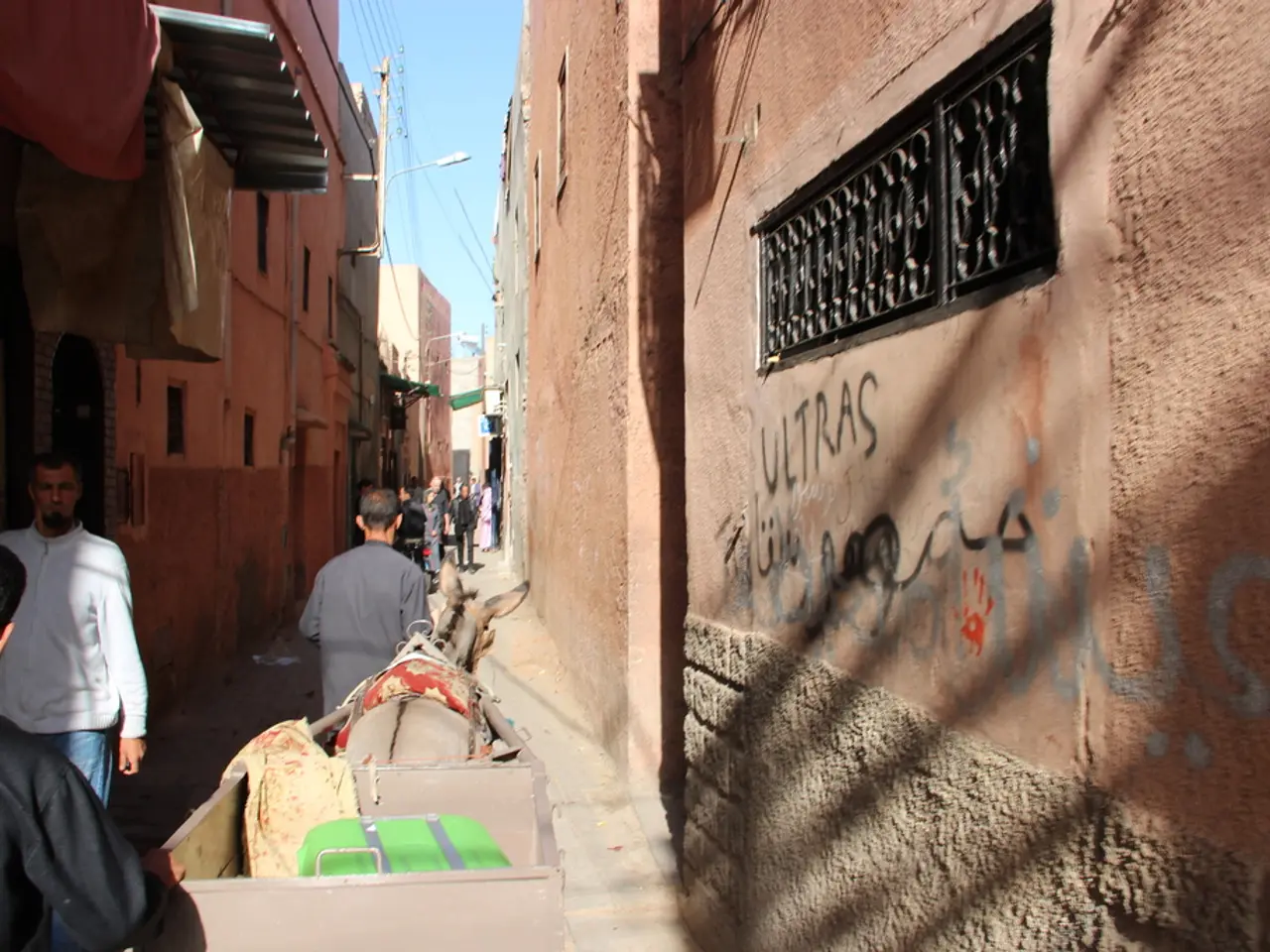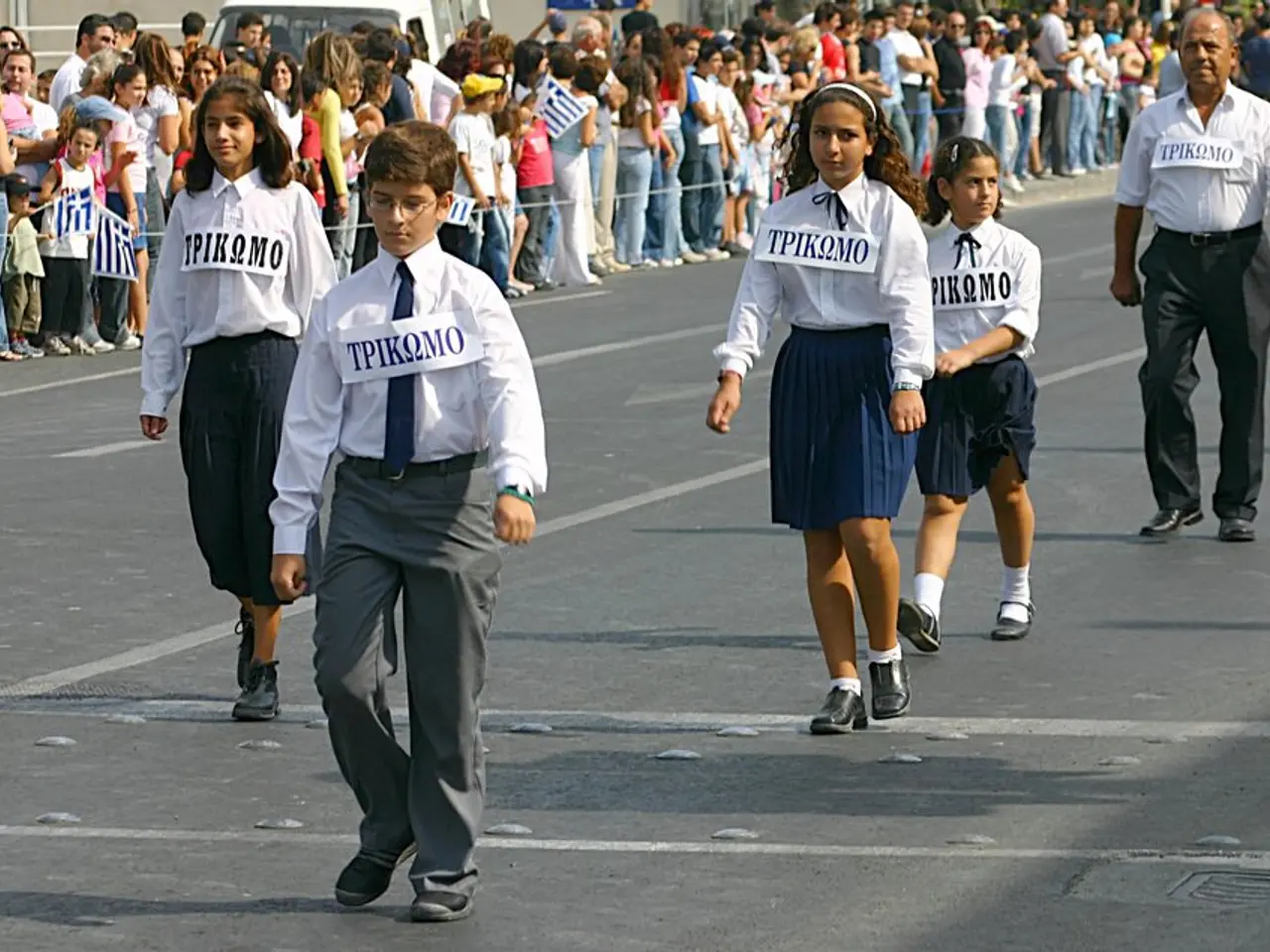Vatican diplomat expresses support for discussions between Cambodia and Thailand
Cambodia and Thailand Reach Ceasefire in Long-Standing Border Conflict
After three days of intense negotiations in Kuala Lumpur, Malaysian Prime Minister Anwar Ibrahim, who is the chairman of the Association of Southeast Asian Nations (ASEAN), brokered a ceasefire between Cambodia and Thailand. The conflict, which has been ongoing for decades, centers primarily on territorial disputes over ancient Khmer temples.
The dispute is deeply rooted in historical, colonial, and nationalist legacies. Its origins trace back to the colonial-era Franco-Siamese treaties of 1904-1907, where French cartographers delineated borders placing the Preah Vihear Temple in Cambodia. However, Thailand has argued that the maps deviated from the natural watershed line and contended the temple belonged to Thailand.
After Cambodia's independence in 1953, Thailand initially occupied the temple, leading Cambodia to bring the case to the International Court of Justice (ICJ). In 1962, the ICJ ruled the temple belonged to Cambodia, a decision Thailand never fully accepted.
The dispute was dormant during Cambodia's civil war and Khmer Rouge period but reignited after Cambodia registered Preah Vihear as a UNESCO World Heritage Site in 2008. Thai nationalist factions opposed this designation, claiming it ceded Thai territory and prompting a series of border skirmishes between 2008 and 2011.
The conflict escalated sharply in 2025, involving heavy artillery, rocket systems, and air strikes. The conflict resulted in the deaths of at least 43 people and displaced over 300,000 people.
The ceasefire, which was agreed upon after negotiations between the two countries, includes a prohibition on attacks on civilians, civilian targets, and military objectives of both sides. The agreement must not be violated under any circumstances, according to the joint statement concluding the talks.
Archbishop Peter Wells, the Apostolic Nuncio to Cambodia and Thailand, is encouraged by the focus on assisting the thousands of people displaced by the conflict. He hopes that the commitment to avoid a recurrence of violence will continue in the future.
The disputed temples are claimed by both nations due to a vague border demarcation by Cambodia's French colonial administrators in 1907. The underlying issues go beyond land and involve competing cultural and national identities. Cambodia views the temples as emblematic of its heritage and continuation of the Khmer Empire, hence questions of sovereignty are existential. Thailand, on the other hand, emphasizes geographical accessibility and historical claims from the Ayutthaya kingdom era, perceiving the temples as part of Thai cultural legacy and its historic territorial conquests.
Future resolution depends on diplomatic efforts addressing historical grievances, clear border demarcation beyond the temples themselves, and managing nationalist rhetoric that politicizes historical-cultural claims. International mediation and stronger enforcement of ICJ decisions may help stabilize the region, but entrenched nationalist narratives and strategic interests complicate prospects for a lasting settlement.
The Association of Southeast Asian Nations (ASEAN) played a crucial role in brokering the ceasefire between Cambodia and Thailand. The agreements are hoped to lead to reconciliation and a stable and lasting peace.
Diplomats may need to delve deeply into the historical and cultural nuances of the border dispute, as managing nationalist rhetoric and resolving long-standing grievances are key to a lasting peace. The agreement's maintenance requires international mediation, backed by stronger enforcement of ICJ decisions to stabilize the region.
As the conflict has roots in colonial-era boundaries and territorial claims over ancient Khmer temples, general news reports should continue monitoring the politics surrounding these historically contentious sites, focusing on efforts to prevent future escalations and steady progress towards a durable settlement.








